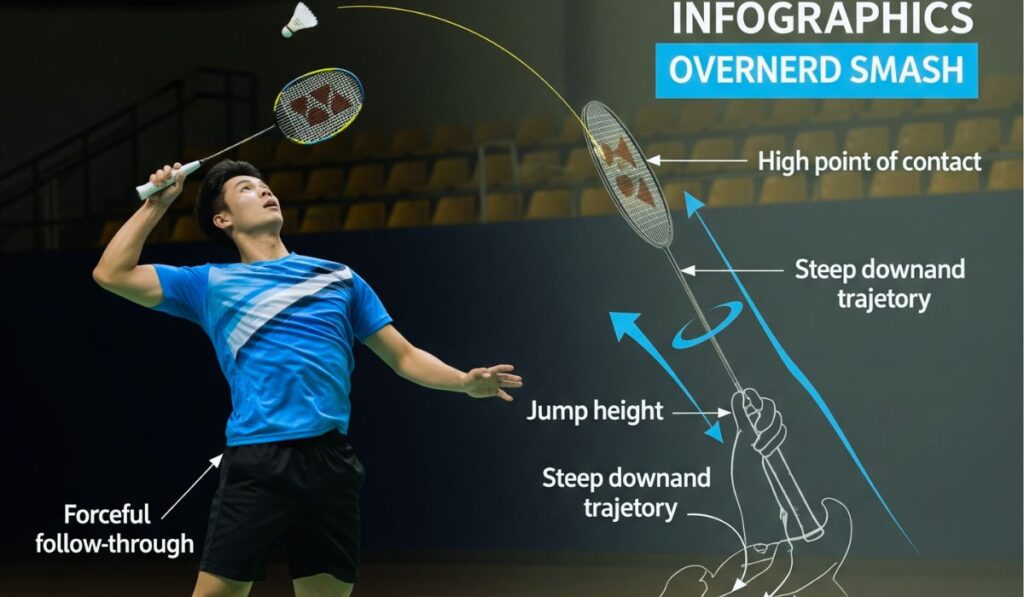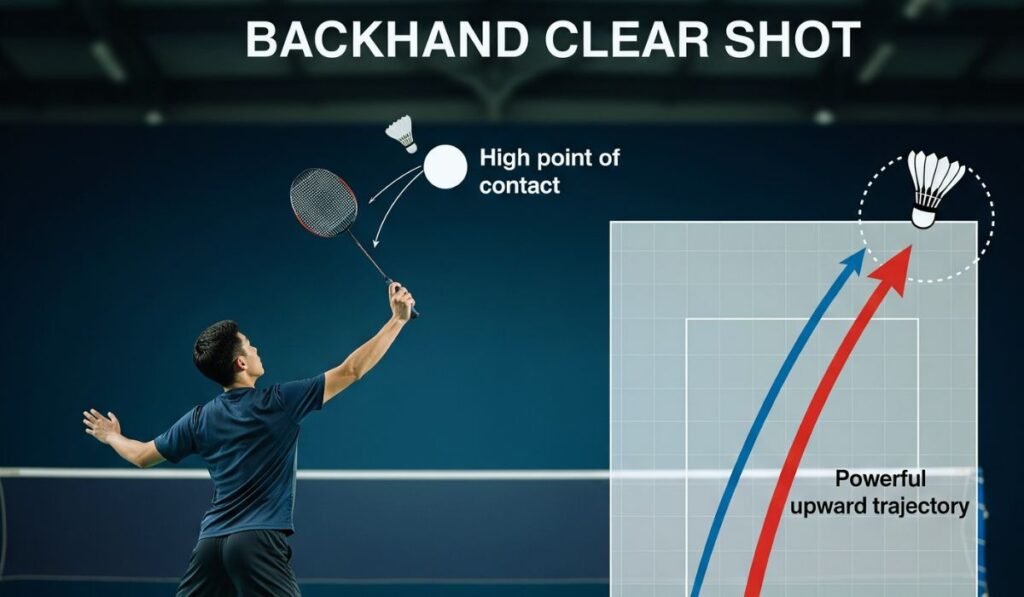The Shocking Truth About Blocking in Badminton – Why It’s Silently Winning Games and Breaking Champions
Blocking in Badminton: A Beautiful Weapon Too Often Overlooked
In the high-speed, emotionally charged world of badminton, players chase the thrill of power shots and dizzying smashes. But lurking quietly in the shadows is a move that seduces the game itself—blocking in badminton. This underappreciated technique holds the power to either steal momentum or crumble under pressure. It’s elegant, intelligent, and when used with intention, devastating.
What Is Blocking in Badminton and Why It Matters
Blocking in badminton is the art of softly deflecting a high-speed shot—often a smash—with calculated touch. Rather than attacking, you’re absorbing. You’re meeting force with finesse. A well-timed block near the net is like a whisper amid chaos. It doesn’t roar, but it controls. It draws your opponent into a rhythm they don’t own and reverses the momentum in a heartbeat.
The Emotional Rhythm of Blocking in Badminton
A powerful smash meets your racket. The air is still. The crowd holds its breath. And instead of retaliation, you respond with stillness—a soft, floating return. This is the emotional poetry of blocking in badminton. It’s not just a technical maneuver. It’s the ultimate expression of calm under fire. It’s the cool breeze in the eye of a storm.

Types of Blocking in Badminton: More Than Just Defense
Straight Block in Badminton
A soft return directly back, used to neutralize aggression without inviting more chaos.
Cross-Court Block in Badminton
A deceptive block that sends the shuttle diagonally, creating space and confusion.
Lifted Block in Badminton
A higher, defensive return that forces your opponent deep and opens up the front court.
Net Block in Badminton
The most delicate of blocks, dribbling just over the net, luring your opponent forward into your trap.
Each technique in blocking in badminton is an emotional shift—a swing in the atmosphere of the game.
Why Timing and Footwork Are Everything
Blocking in badminton isn’t just about your racket—it begins at your feet. Light, responsive steps. Quick forward movement. And a perfectly timed moment where your strings meet the shuttle. This technique demands stillness of mind and sharpness of instinct. It teaches you that hesitation is punishment, and presence is your only safety.
When Blocking in Badminton Turns Against You
As beautiful as it is, blocking comes with its own heartbreak. A poorly placed block becomes an easy kill for your opponent. Too high? You’ve gifted them a smash. Too low? You lose the rally. And worst of all, block too often and you lose the offense entirely. That’s why blocking in badminton demands mental clarity and decision-making under fire.
Mastering Control: The Sensory Secret Behind Blocking in Badminton
Control is more than a tactic—it’s a feeling. The soft brush of the shuttle on your strings. The perfect push just over the tape. Blocking in badminton is built on sensory trust. You must train your wrist to stay soft, your fingers loose, and your eyes locked. When you feel the shuttle instead of forcing it, magic happens.
Blocking in Badminton: A Game-Changer in Singles and Doubles
In singles, a block can reset the rally, helping you breathe, refocus, and reclaim control. In doubles, it creates space, opens angles, and lets your partner finish the job. Blocking in badminton becomes a bridge between chaos and command. Knowing when to block and when to attack is what separates smart players from reckless ones.
Mental Warfare: The Psychological Edge of Blocking in Badminton
Smash after smash rains down on you—and yet you don’t flinch. You block. Again and again. And with every soft return, your opponent breaks a little more. Blocking in badminton isn’t just a shot—it’s a message. It says: I’m calm. I’m ready. And I’m still here. That mental edge is often worth more than points.
Blocking in Badminton and the Seduction of Silence
Sometimes the most powerful weapon is the one that doesn’t scream. Blocking in badminton is seductive because it creates stillness in a sport of chaos. It invites your opponent forward, tempts them with rhythm, then snaps it in half. It’s a dance. A bait. And when done right, it’s lethal.
Blocking in Badminton as a Setup Move: The Net Kill Strategy
A soft block invites a weak lift. And then—smash. This sequence is a favorite among advanced players. Blocking in badminton is not the end of the play. It’s the start of a trap. You lead your opponent into predictable territory and punish them when they least expect it.
Why Young Players Must Learn Blocking in Badminton Early
Youth players often chase big shots. But smart coaches know the truth—blocking in badminton teaches patience, anticipation, and touch. It grounds a player emotionally and technically. Young players who block well grow into adaptable, intelligent competitors. Their game becomes unpredictable, stable, and stunningly fluid.
Blocking in Badminton Against Power and Deception
Against power players, blocking becomes your armor. Against deceptive players, it becomes your mind’s eye. Watch their wrist. Read their intent. When you block in anticipation, you’re not reacting—you’re preempting. And that’s where true mastery lives in blocking in badminton.
Common Mistakes in Blocking in Badminton (And How to Fix Them)
- Tight grip: Loosen it. Feel the shuttle.
- Swinging instead of guiding: Blocks are not hits. They are touches.
- Panic movement: Stay grounded. Breathe.
- Poor footwork: Stay light and springy. Always be ready to move forward.
Correcting these ensures blocking in badminton becomes not just safe—but strategic.
Final Thoughts: Let Blocking in Badminton Be Your Silent Superpower
In a sport dominated by speed and noise, blocking in badminton offers something different. A gentle defiance. A whispered domination. It’s a power move disguised as softness. And those who learn to wield it hold the rally in their hands—even when they’re on defense.
So the next time you step on court, remember: not every win has to be loud. Sometimes, it’s the quietest moves that leave the deepest impact.
Blocking in Badminton: A Beautiful Weapon Too Often Overlooked
In the high-speed, emotionally charged world of badminton, players chase the thrill of power shots and dizzying smashes. But lurking quietly in the shadows is a move that seduces the game itself—blocking. This underappreciated technique holds the power to either steal momentum or crumble under pressure. It’s elegant, intelligent, and when used with intention, devastating.
What Is Blocking in Badminton and Why It Matters
Blocking is the art of softly deflecting a high-speed shot—often a smash—with calculated touch. Rather than attacking, you’re absorbing. You’re meeting force with finesse. A well-timed block near the net is like a whisper amid chaos. It doesn’t roar, but it controls. It draws your opponent into a rhythm they don’t own and reverses the momentum in a heartbeat.
The Emotional Rhythm of Blocking in Badminton
A powerful smash meets your racket. The air is still. The crowd holds its breath. And instead of retaliation, you respond with stillness—a soft, floating return. This is the emotional poetry of blocking. It’s not just a technical maneuver. It’s the ultimate expression of calm under fire. It’s the cool breeze in the eye of a storm.
Types of Blocking in Badminton: More Than Just Defense
Straight Block in Badminton
A soft return directly back, used to neutralize aggression without inviting more chaos.
Cross-Court Block in Badminton
A deceptive block that sends the shuttle diagonally, creating space and confusion.
Lifted Block in Badminton
A higher, defensive return that forces your opponent deep and opens up the front court.
Net Block in Badminton
The most delicate of blocks, dribbling just over the net, luring your opponent forward into your trap.
Each technique in blocking in badminton is an emotional shift—a swing in the atmosphere of the game.
Why Timing and Footwork Are Everything
Blocking isn’t just about your racket—it begins at your feet. Light, responsive steps. Quick forward movement. And a perfectly timed moment where your strings meet the shuttle. This technique demands stillness of mind and sharpness of instinct. It teaches you that hesitation is punishment, and presence is your only safety.
When Blocking in Badminton Turns Against You
As beautiful as it is, blocking comes with its own heartbreak. A poorly placed block becomes an easy kill for your opponent. Too high? You’ve gifted them a smash. Too low? You lose the rally. And worst of all, block too often and you lose the offense entirely. That’s why blocking demands mental clarity and decision-making under fire.
Mastering Control: The Sensory Secret Behind Blocking in Badminton
Control is more than a tactic—it’s a feeling. The soft brush of the shuttle on your strings. The perfect push just over the tape. Blocking is built on sensory trust. You must train your wrist to stay soft, your fingers loose, and your eyes locked. When you feel the shuttle instead of forcing it, magic happens.
Blocking in Badminton: A Game-Changer in Singles and Doubles
In singles, a block can reset the rally, helping you breathe, refocus, and reclaim control. In doubles, it creates space, opens angles, and lets your partner finish the job. Blocking becomes a bridge between chaos and command. Knowing when to block and when to attack is what separates smart players from reckless ones.
Mental Warfare: The Psychological Edge of Blocking in Badminton
Smash after smash rains down on you—and yet you don’t flinch. You block. Again and again. And with every soft return, your opponent breaks a little more. Blocking isn’t just a shot—it’s a message. It says: I’m calm. I’m ready. And I’m still here. That mental edge is often worth more than points.

Blocking in Badminton and the Seduction of Silence
Sometimes the most powerful weapon is the one that doesn’t scream. Blocking in badminton is seductive because it creates stillness in a sport of chaos. It invites your opponent forward, tempts them with rhythm, then snaps it in half. It’s a dance. A bait. And when done right, it’s lethal.
Blocking in Badminton as a Setup Move: The Net Kill Strategy
A soft block invites a weak lift. And then—smash. This sequence is a favorite among advanced players. Blocking is not the end of the play. It’s the start of a trap. You lead your opponent into predictable territory and punish them when they least expect it.
Why Young Players Must Learn Blocking in Badminton Early
Youth players often chase big shots. But smart coaches know the truth—blocking teaches patience, anticipation, and touch. It grounds a player emotionally and technically. Young players who block well grow into adaptable, intelligent competitors. Their game becomes unpredictable, stable, and stunningly fluid.
Blocking in Badminton Against Power and Deception
Against power players, blocking becomes your armor. Against deceptive players, it becomes your mind’s eye. Watch their wrist. Read their intent. When you block in anticipation, you’re not reacting—you’re preempting. And that’s where true mastery lives in blocking.
Common Mistakes in Blocking in Badminton (And How to Fix Them)
- Tight grip: Loosen it. Feel the shuttle.
- Swinging instead of guiding: Blocks are not hits. They are touches.
- Panic movement: Stay grounded. Breathe.
- Poor footwork: Stay light and springy. Always be ready to move forward.
Correcting these ensures blocking in badminton becomes not just safe—but strategic.
Final Thoughts: Let Blocking in Badminton Be Your Silent Superpower
In a sport dominated by speed and noise, blocking offers something different. A gentle defiance. A whispered domination. It’s a power move disguised as softness. And those who learn to wield it hold the rally in their hands—even when they’re on defense.
So the next time you step on court, remember: not every win has to be loud. Sometimes, it’s the quietest moves that leave the deepest impact.

